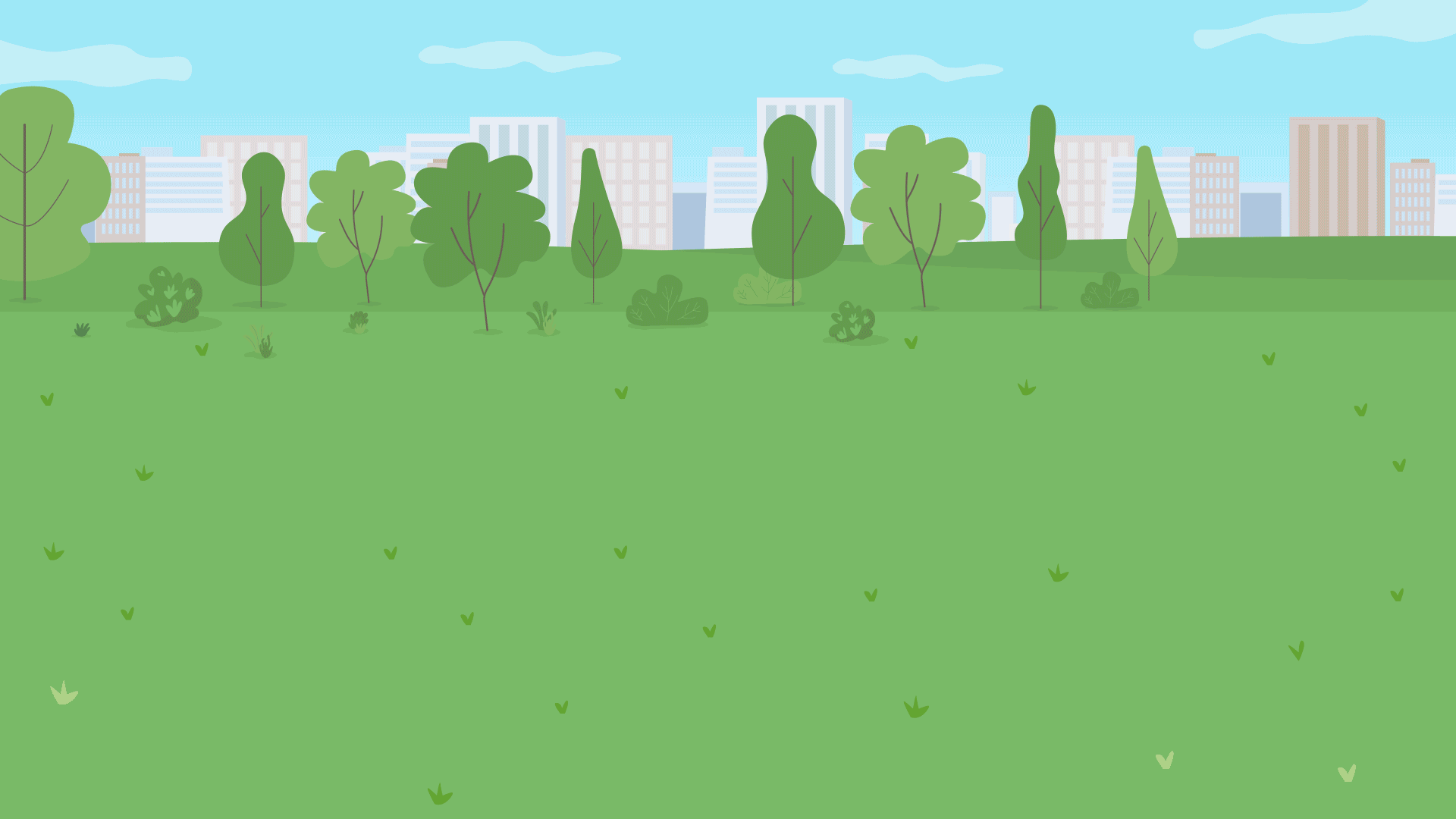- July 07, 2025
- By Karen Shih ’09
The black-and-white nymphs may be crawling all over your flower beds. You’re skirting (or smashing) the red-and-black adolescents as you stroll down the sidewalk. And now, they’re about to become adults and take flight, dropping in on your lunch as you dine al fresco.
Spotted lanternflies are an invasive species native to Asia that originally arrived in the United States in 2014. They’ve since spread from Pennsylvania into 17 states and are now established throughout Maryland in all but four southern counties, reproducing at a rapid clip.
But while the eye-catching insect seems to be everywhere, they’re more annoying than a real threat.
“Don’t panic. They’re not going to hurt you or hurt your plants. Hang tight, because it’s all going to pass,” said entomology Professor and University of Maryland Extension Specialist Paula Shrewsbury, who studies invasive insects and develops integrated pest management programs.
She explains the current population explosion, the types of damage they can cause and the natural and man-made predators that are emerging.
Buckle up for three to five years: “Insect populations are patchy,” Shrewsbury said. “The first year, you see one or two, then the next year, five or 10, and then the next year, you see hundreds or thousands. That’s the pattern.” Here in College Park and many parts of Maryland, we’re at the start of the boom, which will last for three to five years before the population dips and levels out.
They leave a sticky mess: While spotted lanternflies don’t bite or directly harm people, they do feed on tree sap and excrete large amounts of a sugary substance called “honeydew.” That liquid drips onto driveways, cars, patio furniture, plants and more, attracting stinging insects like yellow jackets and European hornets, which can be dangerous. The honeydew also grows black sooty mold, a fungus, that can discolor leaves and other surfaces.
Your trees will be fine: The nymphs may gather on vegetables, roses or other small plants, but the adults feed mainly on woody trees. Most trees are hardy enough to bounce back, but it doesn’t hurt to hose down a sapling to knock off the pests, Shrewsbury said. Homeowners can even try applying neem oil or pyrethrum if the population becomes overwhelming. The spotted lanternflies’ preferred host is the non-native tree-of-heaven, so cutting those down is one of the best ways to control the population. For home gardeners seeking more guidance, visit the UMD Extension site.
Grapes are the big losers: Unlike brown marmorated stink bugs, another invasive species which can damage a wide variety of vegetable and fruit crops, spotted lanternflies’ only real victim is grape vines, which can die off in the winter after they’re weakened. The UMD Extension and Maryland Department of Agriculture have been working for years to help growers determine the best timing and types of insecticide to use, as well as helping to scrape egg masses off wooden poles in vineyards and trees in surrounding woods.
Predators are emerging: “We’ve seen lots of things eating them,” said Shrewsbury. These include wheel bugs, spiders and praying mantises, as well as many types of birds. One vineyard is even using ducks. “Many generalist predators are opportunistic, so if it’s easy pickings, they just eat and eat and eat.”
Bio-insecticide could be a solution: In Pennsylvania, a sudden crash of the spotted lanternfly population in a couple areas turned out to be due to an insect-killing fungus. In her lab, Shrewsbury has been studying how to use a commercially available bio-insecticide, called Beauvaria bassiana, for effective control. She’s found that it kills the nymphs and adults, and once she determines when, where and how to apply it for the best results, she’ll disseminate recommendations to farmers across the state.
Flying adults will stick around until November: The life cycle of the spotted lanternfly starts with egg masses laid in the fall. Nymphs hatch in May and grow from black with white spots to red with black spots. Now, in July, they are starting to molt and reach their final winged adult form, which will live until the first hard frost.
Stomping them won’t do much: “Everybody can squish spotted lanternflies as much as they want, but they’re still not going to reduce the populations. It does seem to make some people feel better,” she said.
The Maryland Department of Agriculture is still tracking spotted lanternflies, so submit an online report (including a photo) when you see one and use this checklist to help slow the spread.
